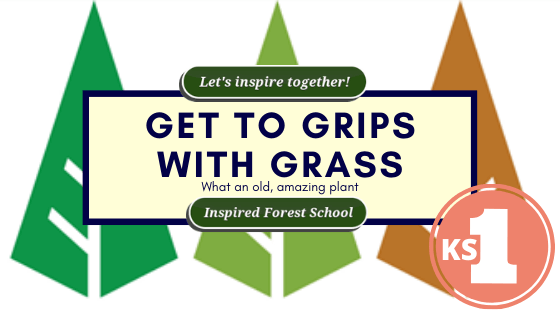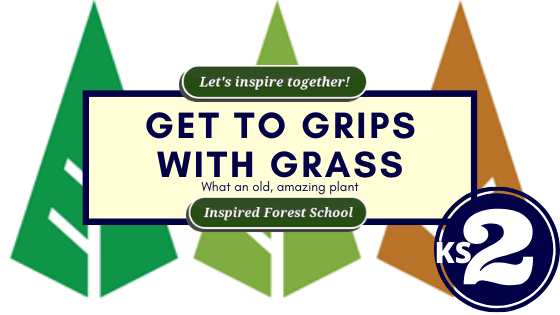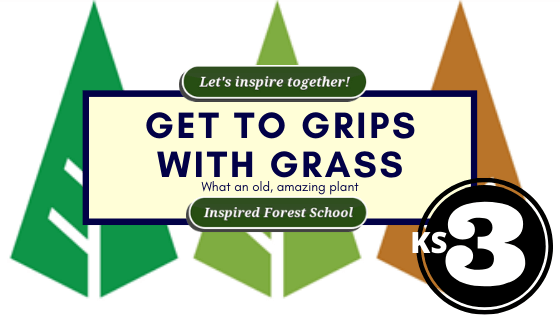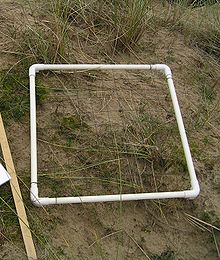|
Getting your Trinity Audio player ready...
|
Inspired Forest School accepts no liability for injury caused when taking part in activities listed on our website. Those with parental responsibility must always maintain supervision and remain responsible for the actions of their children.
My wish is to stay always like this, living quietly in a corner of nature.Claude Monet
[yasr_visitor_votes]
KS1 - InfantKS2 - JuniorKS3 - Secondary
KS1 – Infant Ideas
Get To Grips With Grass

FACTS ABOUT GRASS
* Over 10,000 different types exist
* The oldest living thing discovered : 200,00 yrs!
⇒KS1 – Infants ⇒KS2 – Juniors ⇒KS3 – Secondary
KS2 – Junior Ideas
Get To Grips With Grass

FACTS ABOUT GRASS
* Grass covers 20% of all plant life on earth
* Grass has evolved to grow from the base, not the tip (like most plants do)
* The most expensive lawn in the world : Centre Court at Wimbledon
⇒KS1 – Infants ⇒KS2 – Juniors ⇒KS3 – Secondary
KS3 – Secondary Ideas
Get To Grips With Grass

FACTS ABOUT GRASS
* Grasses are technically called “graminoids”
* By weight, turf is 75% – 80% water
* Grass lawns improve air quality by producing oxygen and trapping airborne dust particles and other contaminants
*A 250m2 lawn produces enough oxygen for a family of four
* Bamboo, a type of grass, is the fastest growing plant in the world
⇒KS1 – Infants ⇒KS2 – Juniors ⇒KS3 – Secondary
 [wpspw_recent_post_slider category_name=”blog” limit=”10″]
[wpspw_recent_post_slider category_name=”blog” limit=”10″]
Get To Grips With Grass – March 20th 2020


